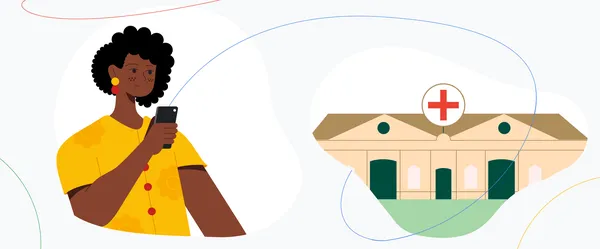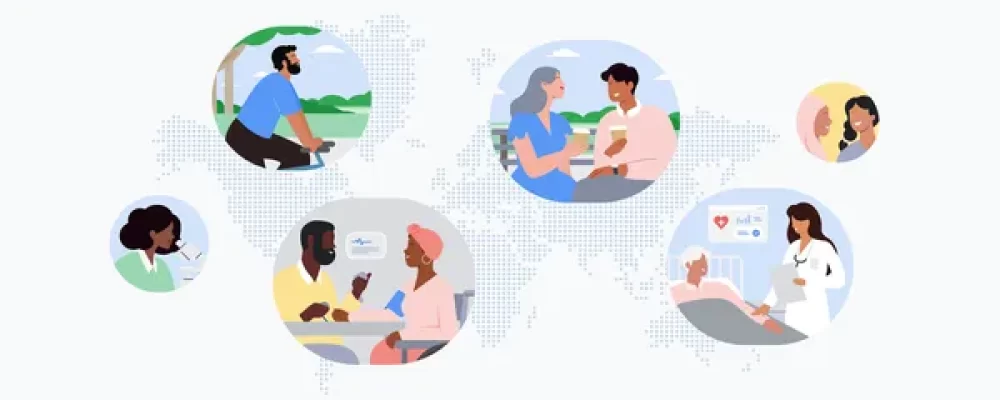Access to healthcare remains a significant challenge for people everywhere. Many have to travel long distances, miss work or scramble to find childcare in order to get the care they need. These barriers can lead to delayed diagnoses, postponed treatments and even critical emergency situations.
The lack of accurate, up-to-date data to help inform decisions for their communities remains a persistent problem for public health officials and governments. We found a solution to help in an unexpected place: travel insights from Google Maps.
Understanding geography and access to medical care
Emergency obstetric care is one area where these access challenges are particularly pressing. Evidence shows that long travel times from home to health facilities significantly impact outcomes of pregnancy and childbirth for mothers and newborns.. Indeed, timely access to emergency obstetric care (EmOC) can reduce maternal deaths by up to 50% and intrapartum stillbirths by as much as 75%.
Traditionally, estimating access to these services was based on geographic distance. But anyone living in a dense city knows being located close to a facility doesn’t always mean getting there quickly. Traffic can turn a short distance into a long journey.
This shifted our understanding of the problem: It’s not only women in remote areas who struggle with getting to the doctor quickly when it matters most — this is a challenge in urban areas, too. So last year we partnered with the OnTIME Consortium to provide travel time insights to decision makers in Nigeria, Africa’s most populous country, which accounts for nearly a third of maternal deaths worldwide and where more than 50% of people live in dense, urban areas. Together we used insights derived from Google Maps to create a tool that identifies hotspot areas where it takes women a long time to reach care. The dashboard estimates the travel time to the nearest, second-nearest and third-nearest emergency obstetric care facilities for different regions, showing us how long we might expect it to take a pregnant woman to travel to get to a facility where she can receive emergency obstetric care.
We wanted to give public health officials, researchers and others who need them data-driven insights to pinpoint areas with limited access to EmOC, enabling them to plan improvements to road infrastructure and ambulance routes and upgrade or build new facilities. For example, it’s helped organizations like Emergency Response Africa make informed decisions about resource allocation. And we’re hopeful it will help others understand the relationship between geography and socio-economic equity.
Expanding access to care
We’re also helping shape the conversation around inequalities in access to EmOC care. And beyond EmOC care, we’re working with other partners in public health to paint a more accurate picture of access challenges — like broad healthcare accessibility, plus access to vaccination sites as well as parks and other outdoor spaces.
We’ve explored ways AI can address access challenges for years — like developing AI models for things like spotting tuberculosis in chest X-rays and interpreting the size and fetal position during pregnancy. We’ve brought these models to handheld devices so healthcare workers can easily use them in their communities, instead of requiring people to visit a doctors office for these critical screenings. Our tools, including Open Health Stack, help developers all over the world adopt healthcare data standards for apps.
We’ll continue to look for new ways our technology can bring healthcare to more people. Whether it’s launching new tools, enabling more research or finding creative uses of our products, we’ll continue helping people everywhere live healthier lives.
“Alphabet Inc. is an American multinational technology conglomerate holding company headquartered in Mountain View, California. It was created through a restructuring of Google on October 2, 2015, and became the parent company of Google and several former Google subsidiaries.”
Please visit the firm link to site






